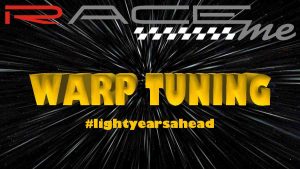Reach out to our Tech support: darin@racemeofficial.COM | CALL or TEXT +1-306-527-5850 (we respond as soon as we can)
Log in / Sign in
Login
Register
Reach out to our Tech support:
darin@racemeofficial.COM
| CALL or TEXT
+1-306-527-5850
(we respond as soon as we can)
Return to previous page


